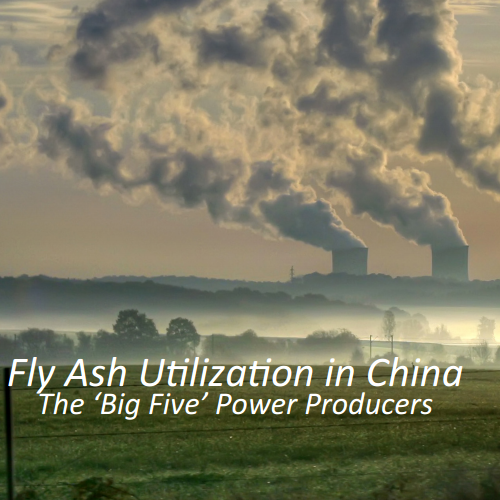Date and Location Set for AsianCAA’s Coal Ash Asia 2017!
/Next year’s Coal Ash Asia will be in Baotou, Inner Mongolia from July 21-24. Baotou was the event’s first location back in 2010. We’ve decided to return this year with a new venue, tracks, and industrial tour. Please see below for more information, and our list of invited guests.
Baotou is the largest industrial city in the Inner Mongolia and is located at the foot of the Yinshan Mountains, and on the bank of the Yellow River. With a total population of over 2.65 million, The city has successively won the titles of National Civilized City, Garden City, and National Excellent Tourist City. This leisure capital situated on grassland well displays its charm with its natural resources and cultural assumptions.
The Mongolians have created a unique culture of the city with the ancient Great Wall, grasslands, desert and rich mineral resources allowing it to develop as a modern industrial city, reputed now as the 'steel capital on grassland' and the 'capital of rare earth'. Industrially, Baotou is most famous for the discovery of the Baiyun'ebo iron mine in the early Twentieth Century.
We will be releasing information about our industrial tour shortly. Our visit will be to an aluminium extraction facility in Baotou. This topic will be widely discussed during this year’s event in Inner Mongolia.
To become an exhibitor or sponsor, please review our exhibitor/sponsorship package and contact our event staff with any questions. Please also visit our Exhibitors and Sponsorship Page.
Paper Submissions and Presentation Abstract forms are due May 15th. To be a speaker at this year’s event, register through our registration page and our event staff will send you a presentation abstract form.
Registration and Attendance fees:
Regular: 1950 USD
Early Bird (before April 1st ): only $1500 (save $450)
For Coal Ash Asia 2017,
the tracks include:
1. Coal ash Processing and Utilization
a. Grinding, Classify and Superfine grinding
b. Cement, Concrete, Wall Materials and Geopolymer
c. High Value utilizations: Ceramics, Cenospheres, and Fillers
d. sulphoaluminate cement
2. FGD Gypsum Utilization
a. Gypsum drying and Calcification
b. Construction Applications: gypsum block, board, mortar
c. Agricultural applications
d. High Strength Gypsum, etc
3. Metal extraction
a. Al extraction
b. Other metal extraction
4. Slag and Tailings
General itinerary: July 20-24, Beijing and Baotou
July 20 Welcome Reception in Beijing
July 21 Registration; Exhibition set-up
July 22 morningplenary session
afternoonSimultaneous Tracks
July 23 morning Simultaneous Tracks
afternoonplenary session and closing ceremony
July 24 Industrial tour
Invited attendees include:
Datang Group
University of Kentucky, Centre for Applied Energy Research
Huaneng Group
Coal Ash Institute of India
Guodian Group
Shenhua Group
Datong Mine Group
Shanxi Energy group
Beijing Energy Group
China Building Materials Group
Baotou Steel Group
Baosteel Group
China Building Materials Academy
Peking University
Tsinghua University
Nanjing University of Technology
East China University of Technology
State Key Laboratory of Solid Waste Reuse for Building Materials, China
National Institute of Low-Carbon and Clean Energy, Beijing
Coal Ash Solutions
Adbri Masonry
>In Lieu of our annual event in Shuozhou, we will be hosting a different event aimed at the local industrial sectors, we will be releasing information shortly for this upcoming September.
